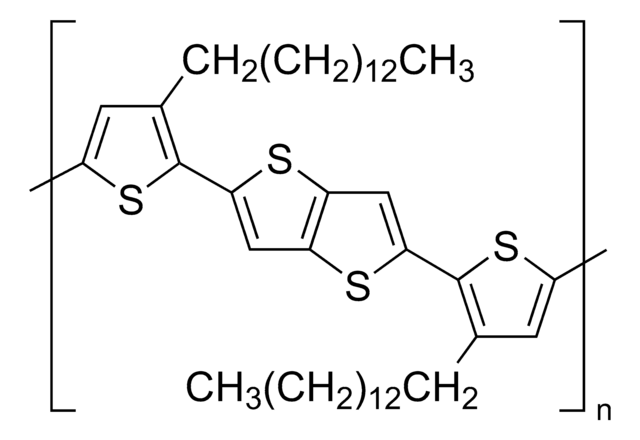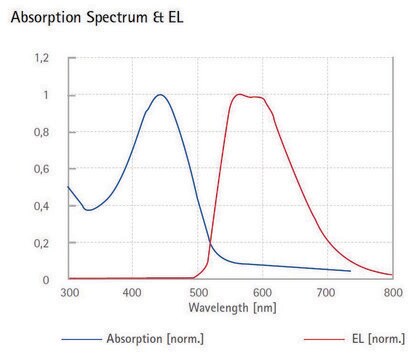510831
Poly(3-octylthiophene-2,5-diyl)
regiorandom
Synonym(s):
P3OT
About This Item
Recommended Products
mol wt
average Mn 22,000
average Mw 36,600
color
red
mp
198-211 °C
solubility
chloroform, methylene chloride, toluene, and THF: soluble
fluorescence
λex 419 nm; λem 550 nm in chloroform
OPV Device Performance
ITO/PEDOT:PSS/P3OT:PC61BM (1:2)/LiF/Al
Looking for similar products? Visit Product Comparison Guide
General description
Application
Rechargeable battery electrodes, electrochromic devices, chemical and optical sensors, light-emitting diodes, microelectrical amplifiers, field-effect transistors and non-linear optical materials.
Features and Benefits
Packaging
Legal Information
Rieke is a registered trademark of Rieke Metals, Inc.
Storage Class Code
11 - Combustible Solids
WGK
WGK 3
Flash Point(F)
Not applicable
Flash Point(C)
Not applicable
Personal Protective Equipment
Choose from one of the most recent versions:
Already Own This Product?
Find documentation for the products that you have recently purchased in the Document Library.
Customers Also Viewed
Articles
Light-Emitting Polymers
Intrinsically stretchable active layers for organic field-effect transistors (OFET) are discussed. Polymer structural modification & post-polymerization modifications are 2 methods to achieve this.
Our team of scientists has experience in all areas of research including Life Science, Material Science, Chemical Synthesis, Chromatography, Analytical and many others.
Contact Technical Service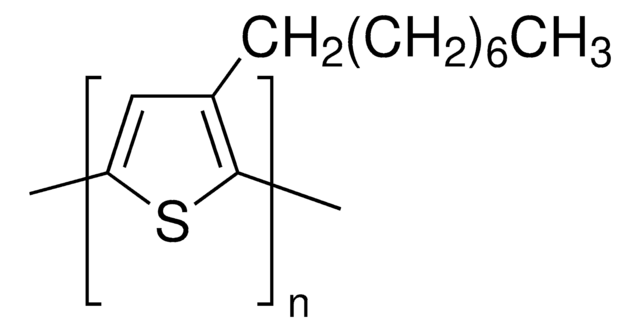
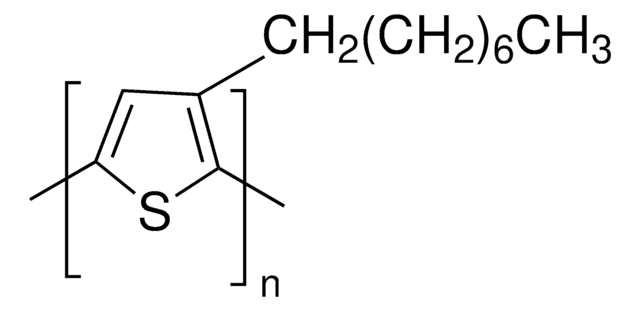
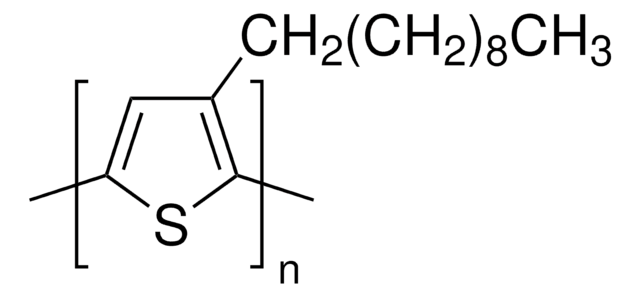
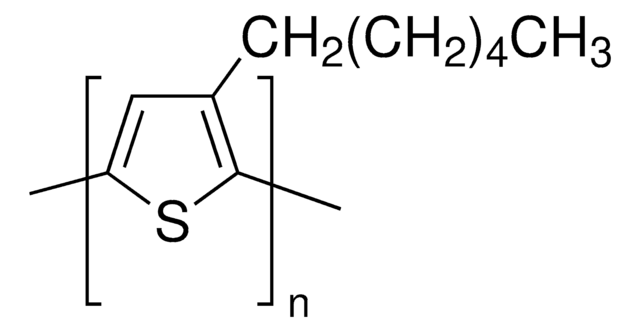

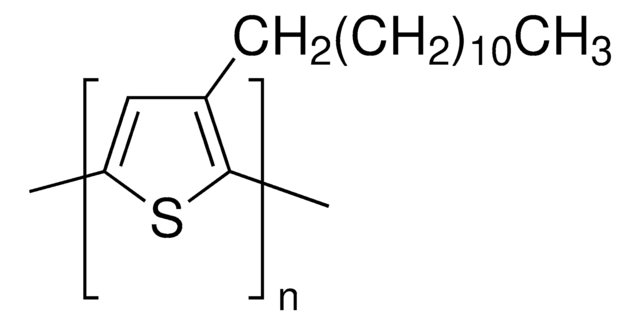


![Poly[2-methoxy-5-(2-ethylhexyloxy)-1,4-phenylenevinylene] average Mn 70,000-100,000](/deepweb/assets/sigmaaldrich/product/structures/344/488/b8f8179d-3970-4deb-a754-adda88cdb36f/640/b8f8179d-3970-4deb-a754-adda88cdb36f.png)
